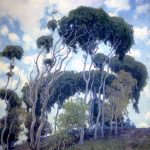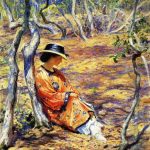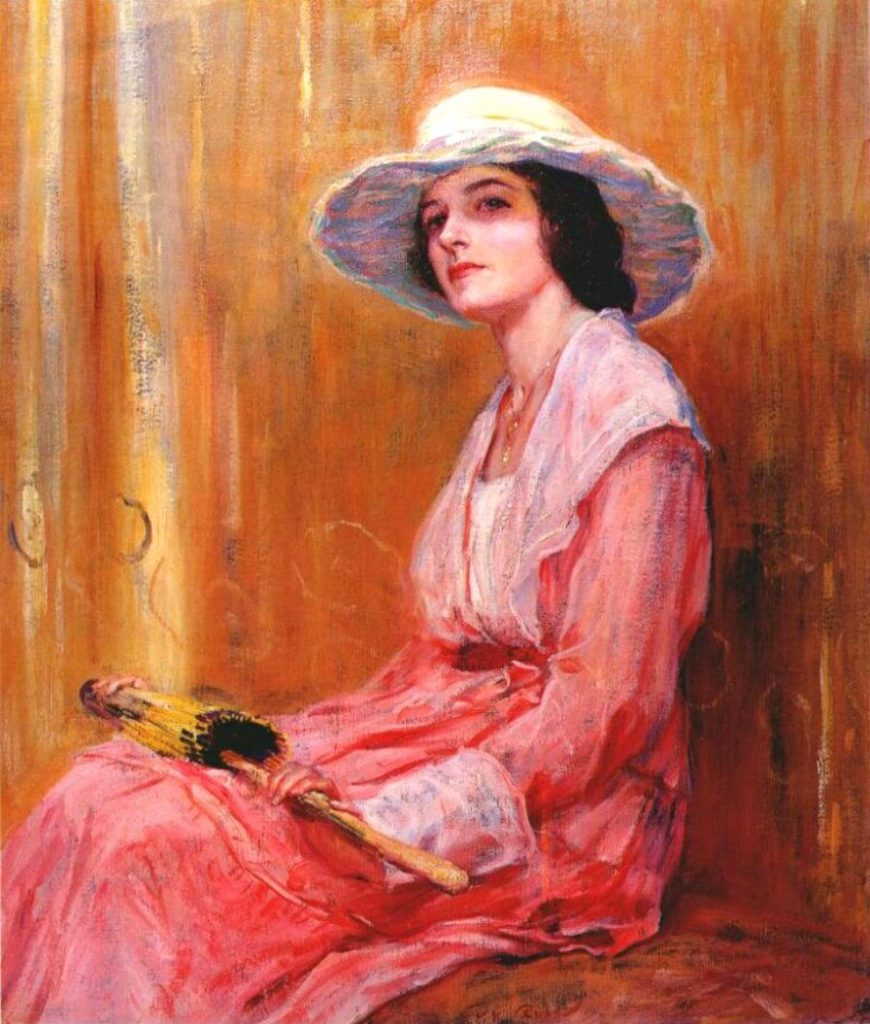
Guy Orlando Rose, born on March 3, 1867, in San Gabriel, California, emerged as one of the prominent American Impressionist painters of the late 19th and early 20th centuries. His remarkable ability to capture the nuances of light and color in his landscapes, often inspired by the picturesque scenes of Southern California and France, established him as a leading figure in the American art scene. Rose’s journey from the sun-soaked landscapes of California to the vibrant art circles of France profoundly influenced his artistic style and contributed to the development of American Impressionism.
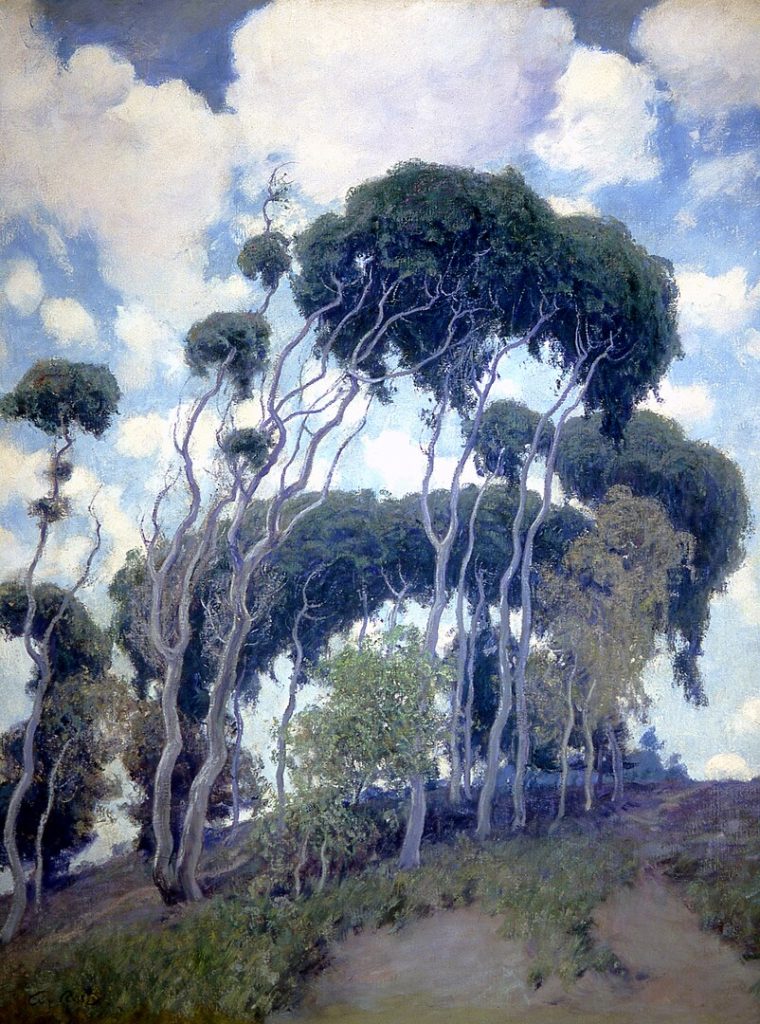
Guy Rose’s early life was deeply intertwined with the burgeoning landscapes of California. Born into a family with a strong agricultural background, Rose grew up surrounded by the natural beauty of the San Gabriel Valley. Despite the modest circumstances of his upbringing, his artistic talents began to manifest at an early age. Recognizing his potential, his family supported his artistic endeavors, and Rose found himself drawn to the world of painting.
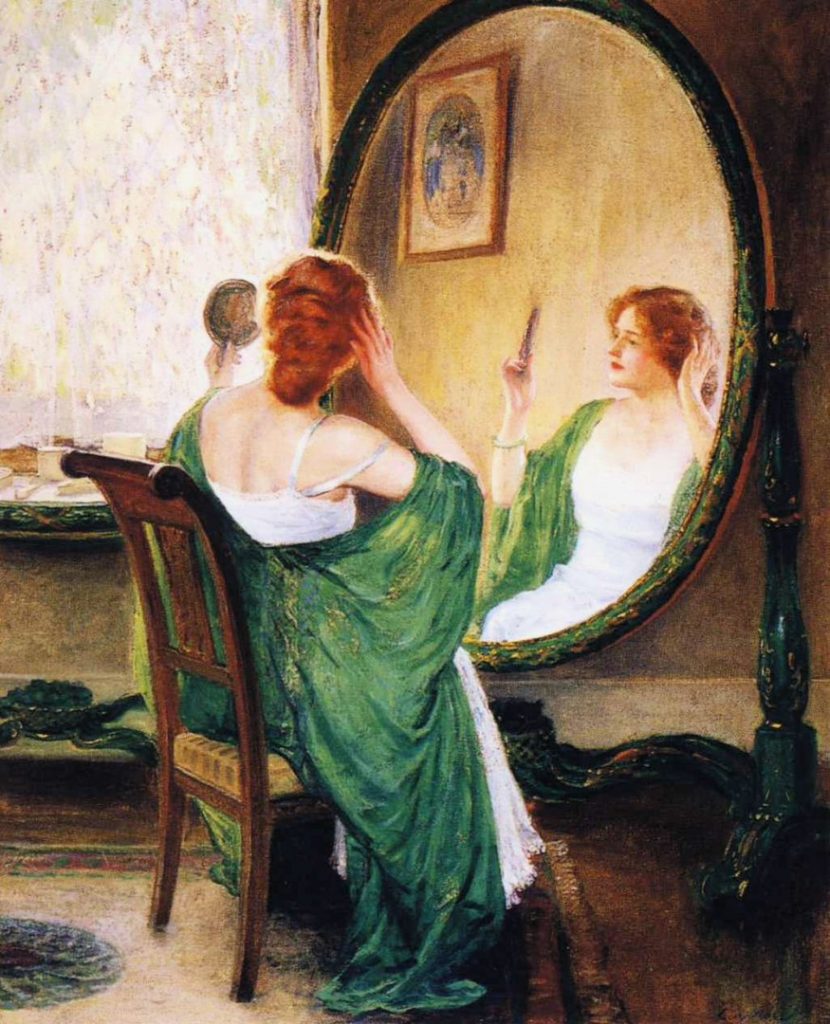
In his late teens, Rose enrolled at the California School of Design in San Francisco, where he honed his skills under the guidance of notable artists such as Virgil Macey Williams and Emil Carlsen. His early works reflected the influence of the Barbizon School, with its emphasis on capturing the effects of light and atmosphere in outdoor settings. Rose’s dedication and talent caught the attention of instructors and fellow students, setting the stage for his artistic journey.
Parisian Sojourn
In 1888, seeking to further his artistic education, Guy Rose made a pivotal decision to travel to Europe. The allure of Paris, the epicenter of the art world during the late 19th century, drew him to its vibrant streets and renowned art institutions. Rose enrolled at the Académie Julian, a renowned art school that welcomed international students, fostering an environment of creativity and exchange.
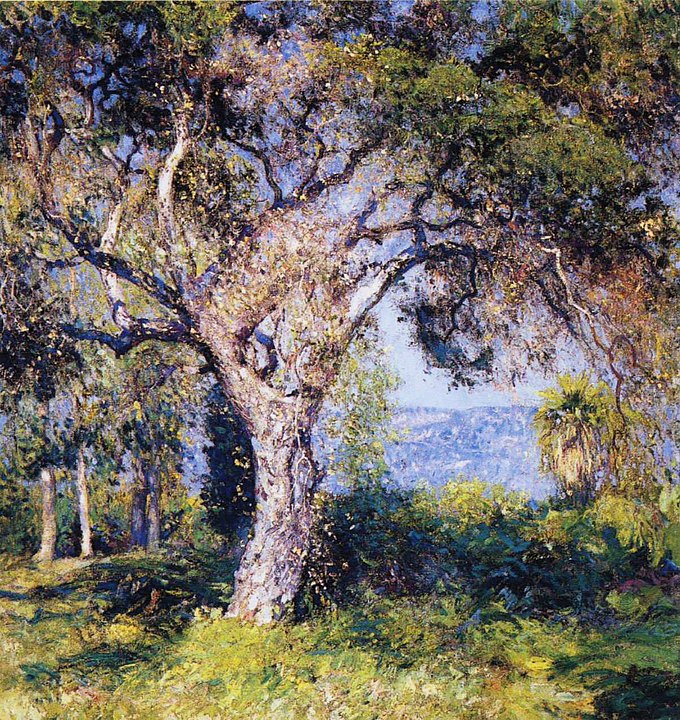
Under the tutelage of Benjamin-Constant and Jean-Paul Laurens, Rose immersed himself in the academic traditions of the École des Beaux-Arts. However, it was his exposure to the works of the French Impressionists, particularly Claude Monet, that left an indelible mark on his artistic sensibilities. The revolutionary approach to color, light, and the transient nature of the scenes depicted resonated deeply with Rose, sparking a transformative period in his artistic evolution.
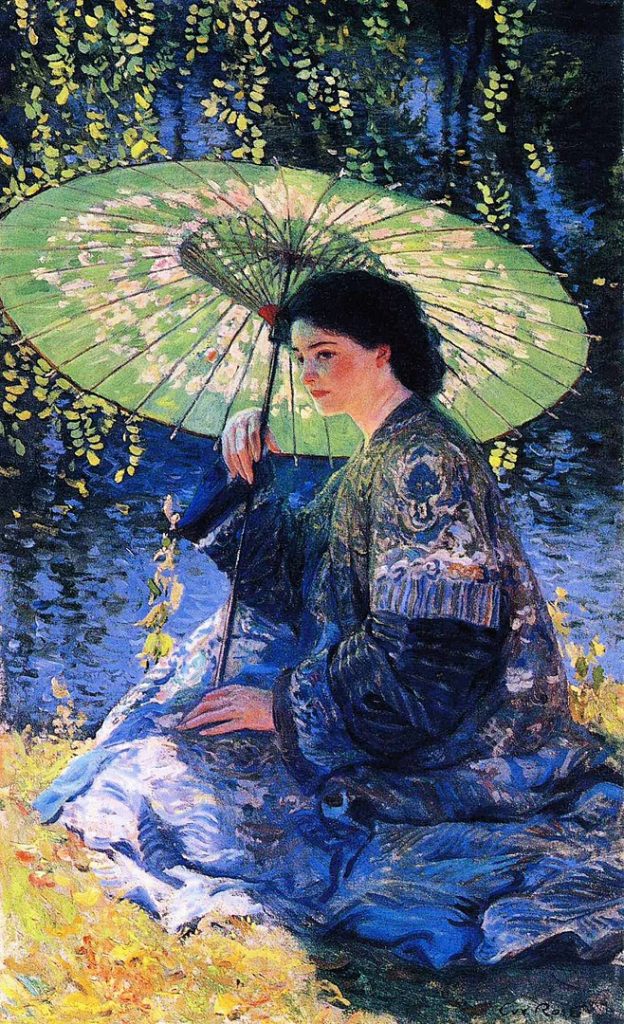
Paris became a crucible for Rose’s experimentation with the Impressionist technique. His works from this period, characterized by loose brushwork and a vibrant palette, reflected the influence of the revolutionary French movement. The city’s parks, streets, and the picturesque countryside provided endless inspiration, and Rose embraced the plein air approach, capturing the ephemeral qualities of light and atmosphere directly onto the canvas.
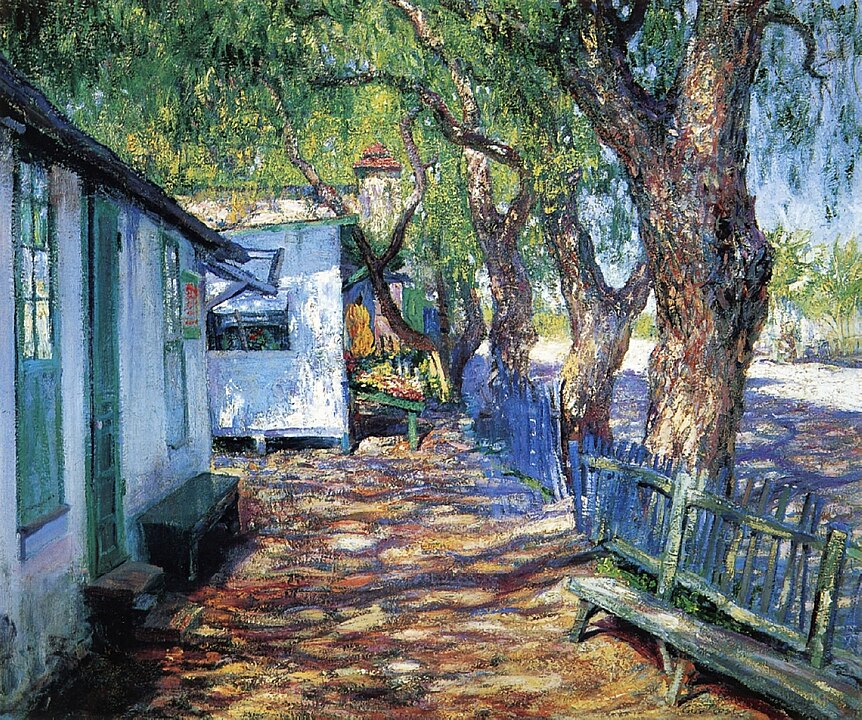
In 1899, Guy Rose experienced a personal and professional turning point with his marriage to Eva Bonestell, a fellow American artist he had met in France. The couple returned to the United States and settled in the art community of Giverny, where Claude Monet had lived and worked. This period marked a continuation of Rose’s commitment to Impressionism, as he translated the techniques he acquired in France into the distinct landscapes of California.
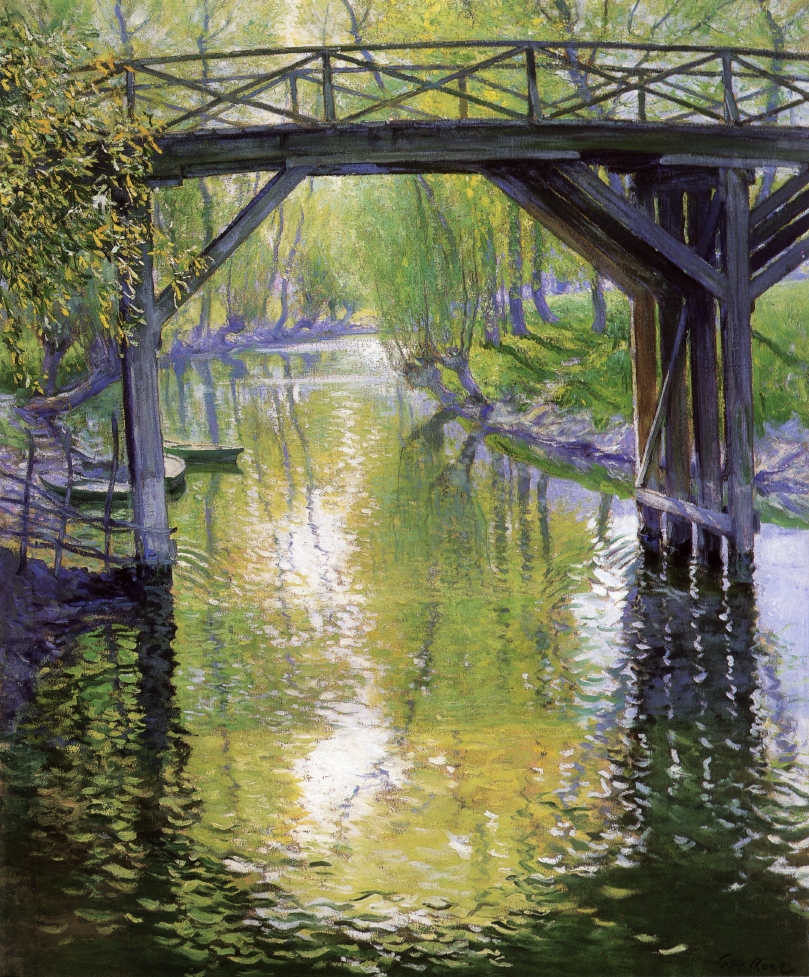
Rose’s return to his homeland coincided with a growing appreciation for Impressionism in America. His works gained recognition, and he became associated with the burgeoning California Impressionist movement. Rose’s depictions of the California coast, with its rolling hills, eucalyptus trees, and shimmering light, resonated with viewers and collectors alike. His paintings often featured coastal scenes, capturing the unique qualities of the region’s landscape with a palette that mirrored the warm hues of the California sun.
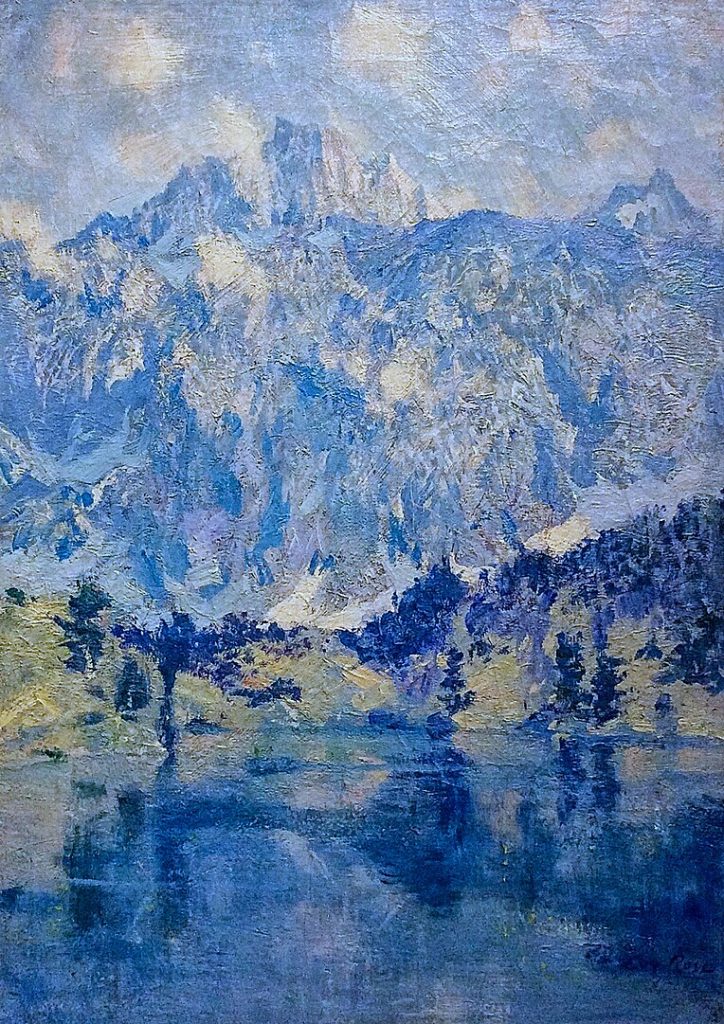
Throughout the first decade of the 20th century, Rose’s reputation as an artist continued to flourish. His works were featured in prominent exhibitions, and he became a sought-after teacher, influencing a new generation of artists. The influence of French Impressionism remained evident in his work, but Rose’s artistic voice continued to evolve, incorporating elements of American regionalism.
Later Challenges
As World War I unfolded, Guy Rose faced personal and financial challenges. The war disrupted the art market, impacting the demand for paintings. Additionally, Rose’s health began to decline, and financial difficulties led to a period of struggle. Despite these challenges, Rose persevered, and in 1921, he received a significant commission from the Santa Fe Railroad to create a series of paintings depicting the landscapes along their rail lines. This project provided a much-needed boost to Rose’s career and finances.
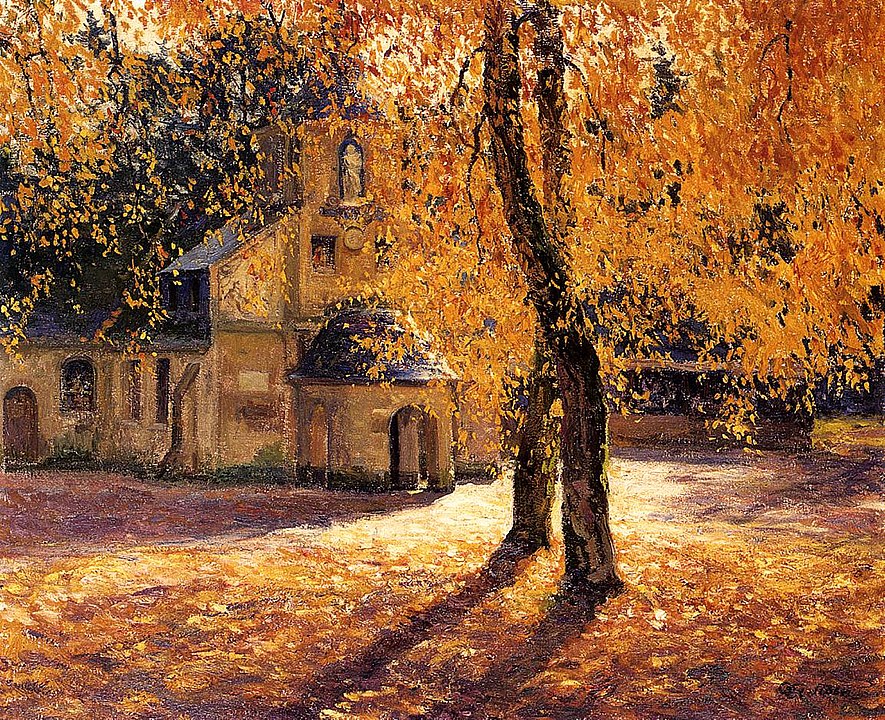
Tragically, Guy Rose’s life was cut short when he succumbed to kidney disease on November 17, 1925, in Pasadena, California, at the age of 58. Despite the challenges he faced in his later years, Rose left behind a legacy of exceptional Impressionist paintings that continue to be celebrated for their beauty and mastery.
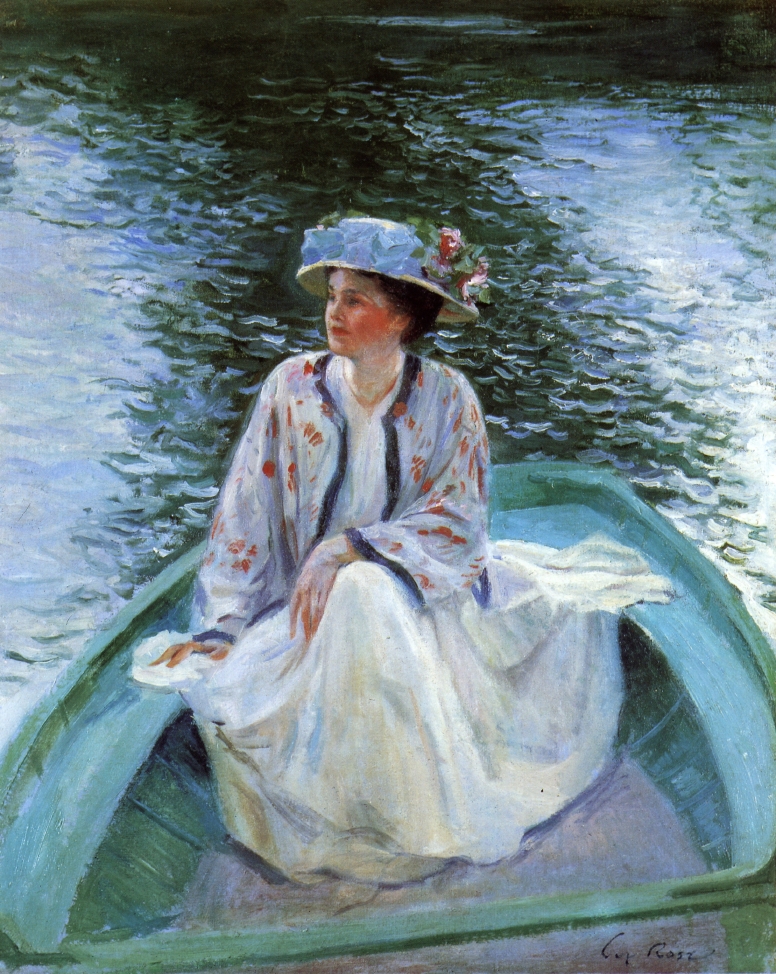
Guy Rose’s contributions to American Impressionism endure, and his legacy is felt not only through his own body of work but also through the impact he had on the artistic community. His ability to fuse French Impressionism techniques with California’s distinctive landscapes contributed to the development of a unique American Impressionist style. Today, Guy Rose is remembered as a trailblazer who bridged the artistic traditions of two continents, leaving an indelible mark on the history of American art.




